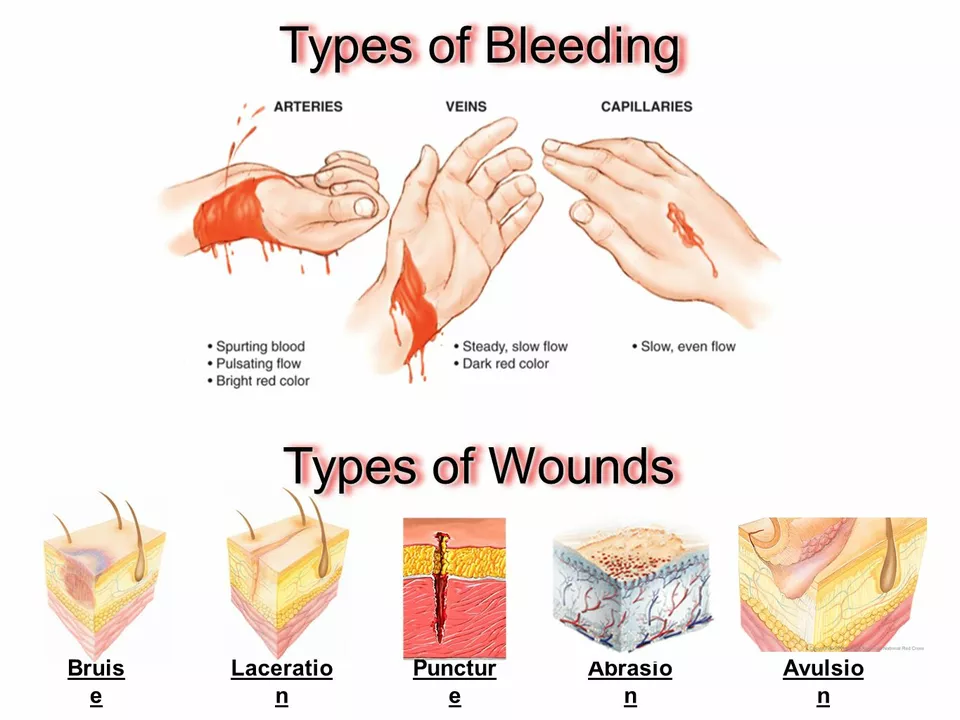Burn Patients: Practical Care, Pain Control & Medication Tips
Burns hurt more than most people expect and healing can take weeks or months. If you or someone you care for has a burn, you want clear steps—not medical jargon. This page gives straight, useful tips on immediate care, daily wound management, pain control, spotting infection, and when to call a clinician.
Immediate home care (first hours)
Stop the burning source and cool the area with cool running water for 10–20 minutes. Don’t use ice or greasy home remedies like butter; they trap heat and raise infection risk. Remove tight jewelry or clothing near the burn, but don’t peel off fabric that’s stuck to the skin. If the burn blisters, stay gentle—don’t pop blisters at home unless a provider advises it.
Cover the wound with a clean, non-stick dressing or sterile cloth to lower contamination. For small, superficial burns you can manage at home. For larger burns, burns to the face, hands, genitals, joints, or if someone has difficulty breathing, get emergency care right away.
Medications, dressings and pain control
Over-the-counter acetaminophen or ibuprofen can handle mild to moderate pain. Follow dose instructions and check interactions if you take other meds. For severe pain, a clinician may prescribe stronger pain relievers or topical agents. Topical antimicrobial creams like silver sulfadiazine are common for some burns; a provider will tell you when they’re appropriate.
Modern dressings matter. Moist wound dressings (silicone, hydrocolloid, or foam) protect the area and speed healing compared with dry gauze for many burns. Change dressings as your healthcare team recommends—usually daily or when soiled. If you see increased redness, swelling, pus, or a fever, contact your provider—these are signs of infection that may need oral antibiotics.
Ask your clinician about tetanus shots if the burn is from a dirty object and your immunizations aren’t up to date. For long-term care, physical therapy is often needed when burns involve joints to prevent stiffness and loss of motion.
Nutrition and skin care help healing. Eat enough protein, vitamins, and fluids. Moisturize healed areas with fragrance-free lotions and use sunscreen on scars to prevent darkening. Silicone sheets or gels can reduce thick scarring when used consistently over months—check with a burn specialist about timing.
Mental health matters. Burn recovery can be emotionally hard. Seek support from counselors, support groups, or your care team if you feel anxious, depressed, or overwhelmed.
Thinking about buying creams or prescription meds online? Be cautious. Use reputable pharmacies and confirm prescriptions with your doctor. When in doubt, ask your burn clinic for trusted sources or compounding options that match your specific needs.
If you’re unsure whether a burn needs medical attention, err on the side of seeing a clinician. Quick, proper care reduces infection risk, improves healing, and lowers the chance of lasting problems.

- 13 Comments
As a blogger, I've recently come across an important aspect in the management of infections in burn patients - the role of clavulanate. Clavulanate is a powerful antibiotic that works by inhibiting the enzyme responsible for breaking down penicillin, making it more effective in treating bacterial infections. In the case of burn patients, clavulanate helps combat life-threatening infections caused by resistant bacteria. This drug, when combined with other antibiotics like amoxicillin, provides a more comprehensive treatment plan for those suffering from burns. Overall, the inclusion of clavulanate in the treatment regimen is crucial for the effective management of infections in burn patients.
